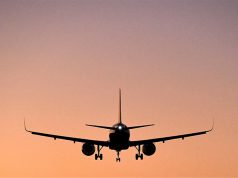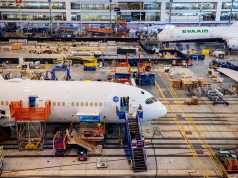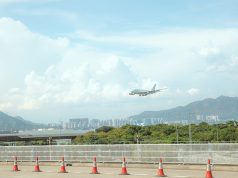SINGAPORE – Most of Southeast Asia’s legacy carriers either registered losses or showed lackluster performance last year owing to the competition posed by low-cost airlines.
Indonesia’s Garuda reported the worst performance with a net loss of US$222 million in the first three quarters of last year. Garuda lost US$44 million in 2016.
Philippine Airlines and Thai International Airways also reported losses in the first nine months of 2017.
Although PAL registered higher revenue from increased passenger and cargo traffic, it was walloped by a more than 27-percent increase in expenses, mostly from higher fuel prices.
Thai Airways on the other hand reported a net loss of Bhat 3.88 billion or $120 million from a net profit of 1.47 billion Bhat in 2016.
In contrast, Singapore Airlines saw 30-percent improvement in its net profit in the first six months of its 2017-2018 fiscal year. However, income continues to be sluggish.
For the year ended March 31, 2017, the SIAs net profit dropped by 55 percent to $360million.
Analysts said the legacy carriers are facing increasing competition from budget carriers; all of which charge lower fares.
Corrine Png, chief executive of Crucial Perspective, a research company, said low-cost airlines typically offer 50-percent lower rates, enabling them to stimulate demand and grab a share of the legacy carriers’ regular riders.
Data gathered at the ongoing Singapore Airshow showed low-cost carriers account for 53.7 percent of all airline seats offered in Southeast Asia.
Png said the airline industry in the region has been suffering from overcapacity, prompting legacy airlines to offer more discounts which resulted in drastic decrease in their profits; or in the case of many of them, losses.










